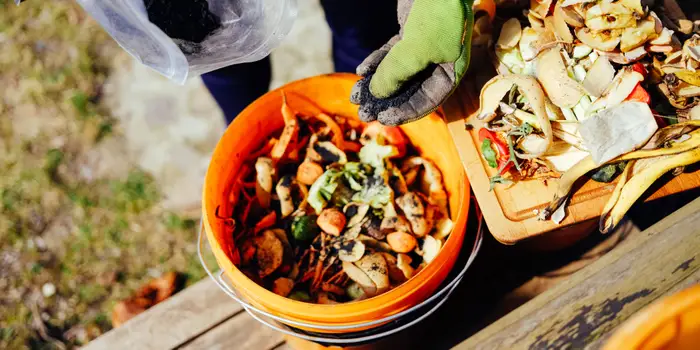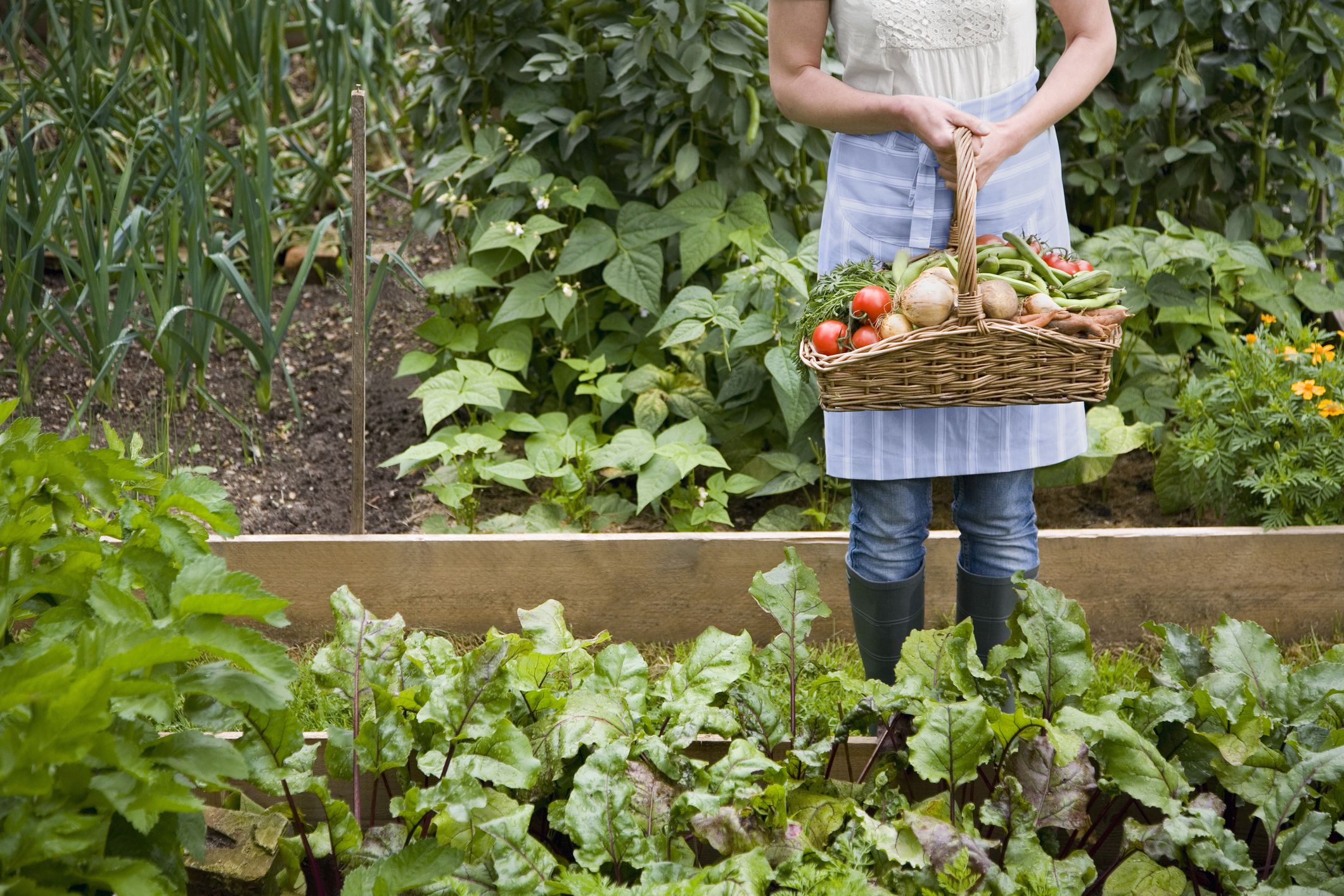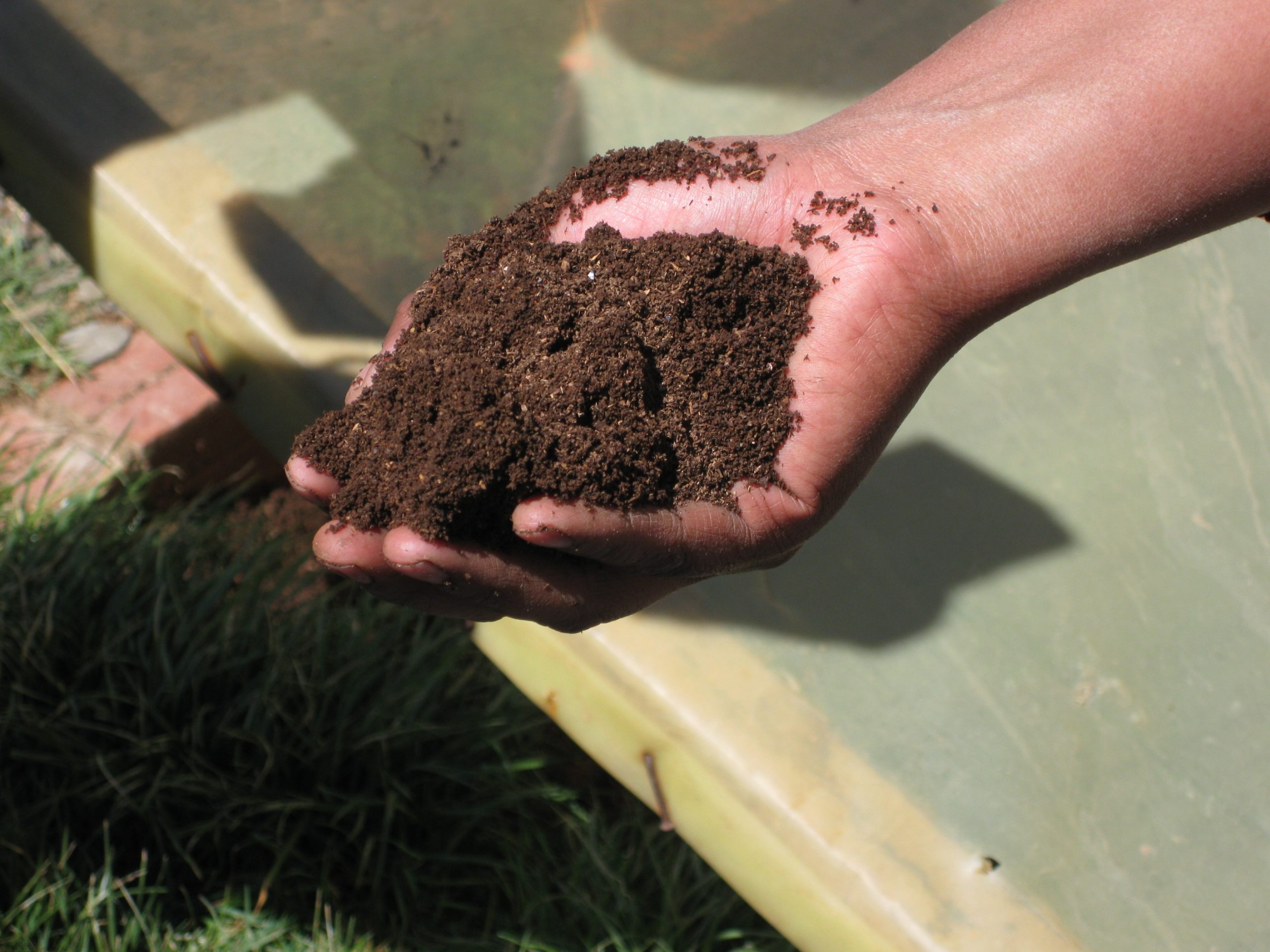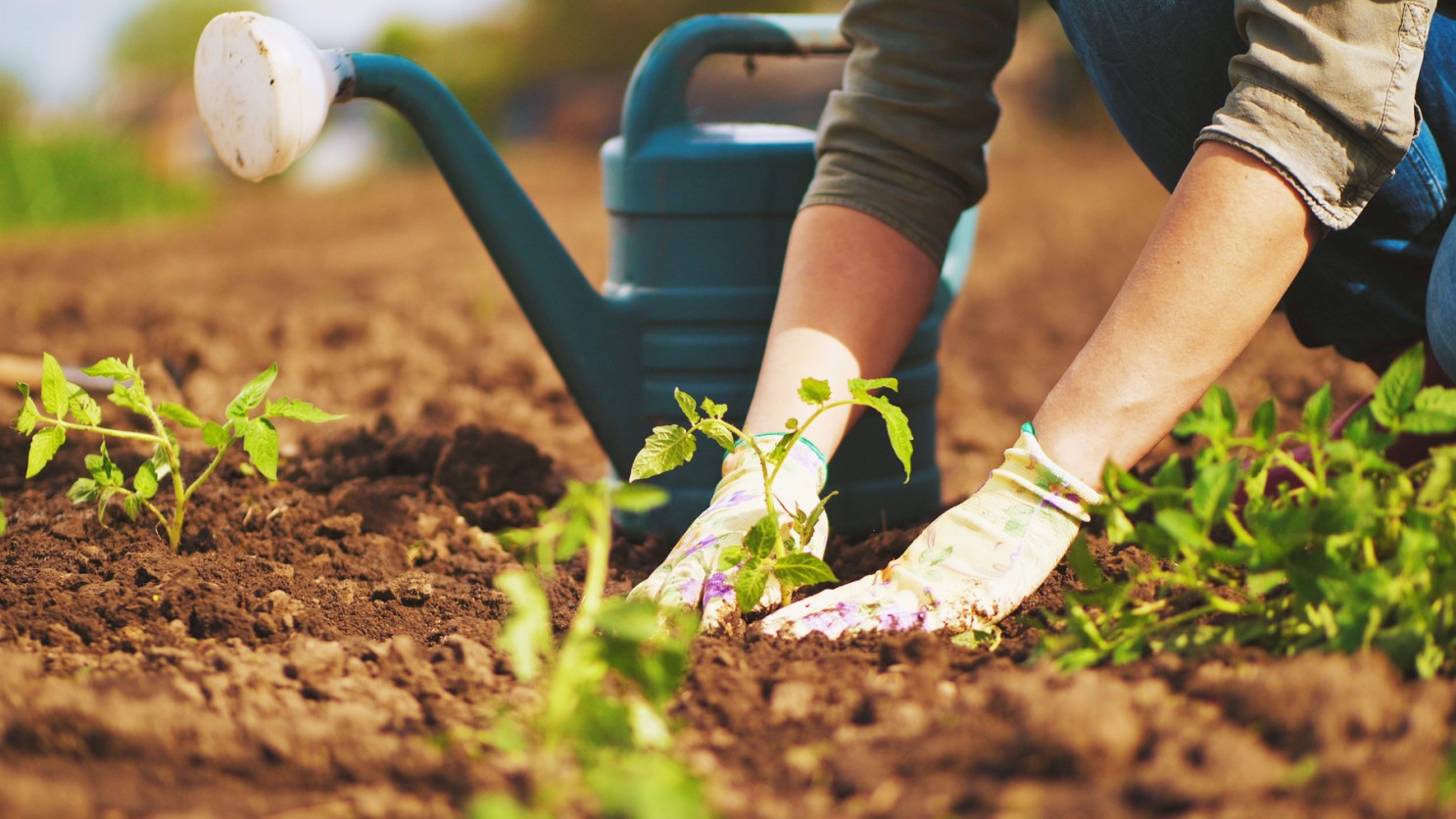You have a garden and regret throwing your food scraps in the organic garbage can? That’s right, because it can make an excellent fertilizer for plants. The Japanese concept of “Bokashi” is also prevalent here. You can make your own Bokashi bucket with minimal resources and time.
What is Bokashi?
Before building a Bokashi bucket, here are answers to some frequently asked questions about Bokashi buckets, a Japanese compost substitute.
What is Bokashi Bucket?
The word “Bokashi” comes from Japanese and means “something fermented. With Bokashi bucket, you can use food scraps and EM (Effective Microorganisms) to make good quality fertilizer without much effort, even in a limited space at home. Microorganisms feed on food scraps. Both the resulting liquid and Bokashi fermentation products can be used as fertilizer.
What Is Needed To Make Bokashi?
All you need to make Bokashi is a sealed bucket to drain water and a commercially available effective microorganism. The size of the bucket depends on how much space you have.
Ready-made Bokashi buckets are available for 30 to 80 euros. If you want to make your own model, you will need two buckets (see manual), but it will only cost 15 euros.
Get to work! – Step by Step
You can make a bokashi bucket in 30-60 minutes. Here’s how it works.
Prepare the Inner Bucket
Drill 20-30 holes in the bottom of the inner bucket. The diameter of the holes should be 2-3 mm.
Prepare the Outer Bucket
Using a felt-tip pen, mark on the outer bucket the location for the tap from as low a position as possible. Then cut out the hole for the tap with a cutter knife and secure it if the tap has its own seal.
Close the buckets
Stack the two buckets on top of each other and note the size of the gap between the tops of the buckets. This space should be completely closed with sealing tape.
Tip.
If the first Bokashi fermentation is successful, no effective microorganisms are needed, and the organic matter in the bucket can be spread with it.
What Can and Can’t Be Put in a Bokashi Bucket?
You can put as much garden and kitchen waste as possible in the Bokashi bucket without cutting it: plant debris, fruit and vegetable peels, and seeds, cooked food, eggshells, bread, meat and fish, coffee grounds, etc. Ideally, mix different materials in each layer.
How Exactly Does the Bokashi Bucket Work?
Place food scraps in the Bokashi bucket and press down firmly using a pestle or spoon. Spray each layer 3-4 cm high with effective microorganisms until the layer is moist and shiny. A new layer can be weighed down with a bag of sand, water, or pebbles. The layer must be completely covered.
It is essential to keep the lid tightly closed at all times, as air must not be allowed to enter during fermentation. If the layers cover almost the entire bucket, simply close the lid tightly, and no further weighting is necessary.
Wait every 2-3 days, check if it is already possible to drain the liquid in the water supply. We will tell you how to do that shortly. When there is almost no more water from the bokashi, fermentation is almost complete.
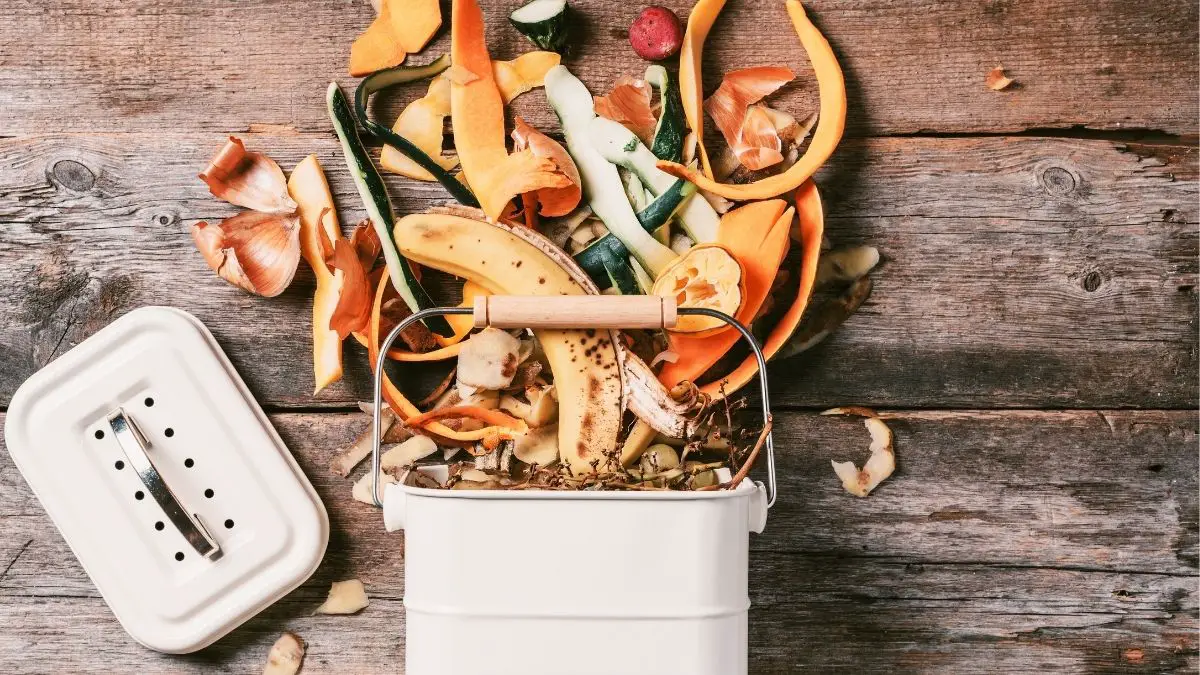
How Can You Use The Bokashi Liquid?
The water from the Bokashi bucket is a high-quality liquid fertilizer for plants. It can be diluted 1:100 with water and used once a week for 3-4 weeks.
The water from the Bokashi has also been proven to act as a liquid cleaner, preventing the buildup of dirt and odors in drains and toilets; dilute it with water at a ratio of 1:100 and use it once every 1-2 weeks.

